TIME: The year's most beautiful photos from space
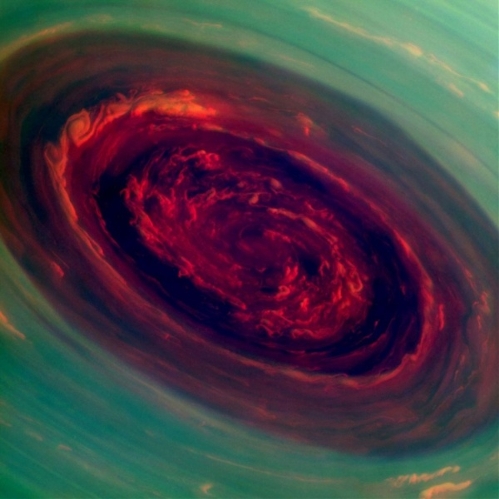
The vortex of Saturn's north polar storm is seen in this false-color image taken from NASA's Cassini spacecraft. The eye is an estimated 1,250 miles across with cloud speeds as fast as 330 miles per hour. (Photo Source: gb.cri.cn)
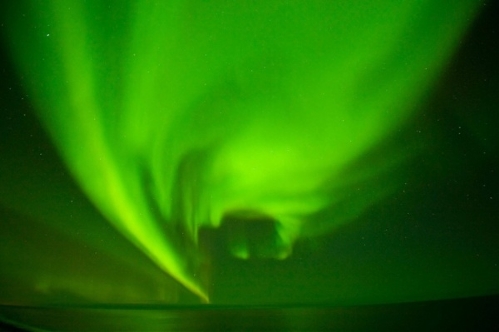
The aurora borealis flare over the Arctic National Wildlife Refuge in North Slope, Alaska, on Aug. 28, 2013. The brilliant summertime sky-show was the result of what may be the peak of an 11-year solar cycle. (Photo Source: gb.cri.cn)

The Witch Head nebula, as seen by NASA's Wide-field Infrared Survey Explorer (WISE). Astronomers believe the billowy clouds of the nebula, where baby stars are brewing, are being lit up by massive older stars. (Photo Source: gb.cri.cn)
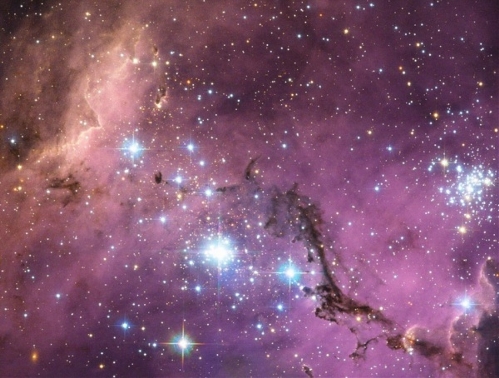
Nearly 200, 000 light-years from Earth, lies the Large Magellanic Cloud, a satellite galaxy of the Milky Way. As the Milky Way's gravity gently tugs on its neighbor's clumps of diffuse dust and gas, they collapse to form new stars. In turn, these light up the ambient gas in a kaleidoscope of colors. (Photo Source: gb.cri.cn)
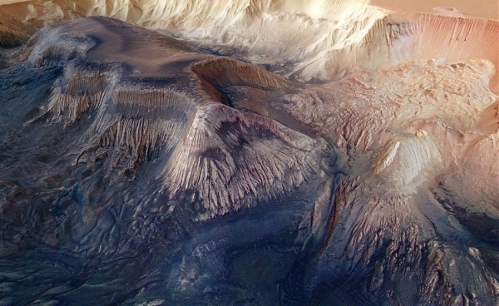
A flat-topped mesa is located in the center of Hebes Chasma on Mars and rises to a similar height as the surrounding plains. Exposed within the walls of the mesa are layers of sediments deposited by wind and water. Numerous grooves are etched into the mountain, suggesting the material is weak and easily eroded. (Photo Source: gb.cri.cn)
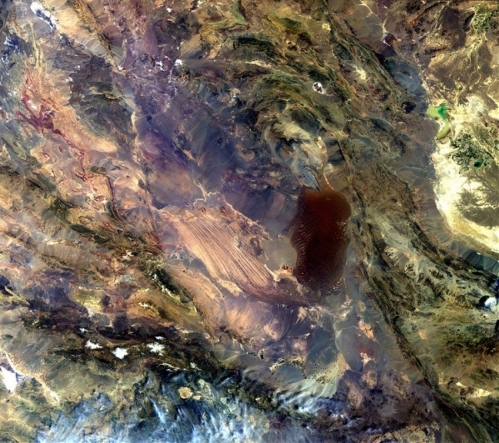
The Dasht-e Lut salt desert in southeast Iran, as seen from space. It's often called the "hottest place on Earth," and with good reason. The highest land surface temperature ever recorded was in 2005, when NASA's Aqua satellite recorded a reading of 160ºF. (Photo Source: gb.cri.cn)

A huge, billowing pair of gas and dust clouds are captured in this stunning NASA Hubble Space Telescope image of the supermassive star Eta Carinae. (Photo Source: gb.cri.cn)
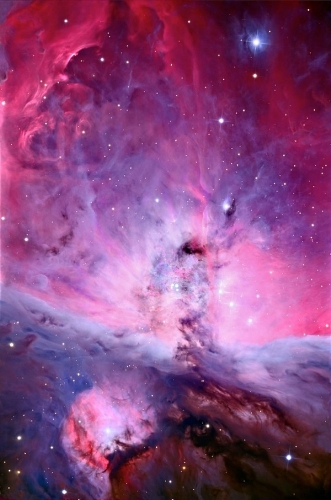
Orion nebula's center, a cloud of gas and dust known more prosaically as M42. (Photo Source: gb.cri.cn)

The Soyuz TMA-10M blasts off from the Baikonur cosmodrome in Kazakhstan, on Sept. 26, 2013, carrying Russian cosmonauts Sergey Ryazanskiy and Oleg Kotov and NASA astronaut Mike Hopkins to the International Space Station (ISS). (Photo Source: gb.cri.cn)
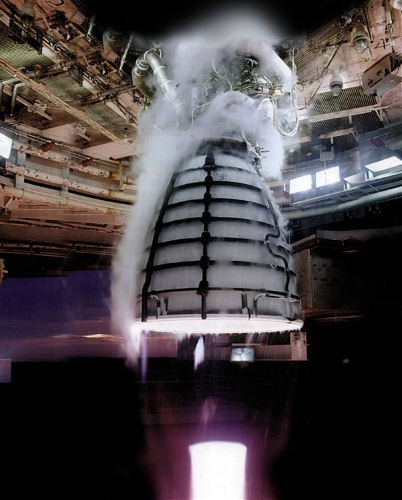
Four RS-25 engines undergoing a hot-fire test, will power the core stage of NASA's Space Launch System (SLS), America's planned heavy-lift launch vehicle. Formerly known as the space shuttle main engine, the RS-25 will be tested beginning in 2014 at NASA's Stennis Space Center. (Photo Source: gb.cri.cn)
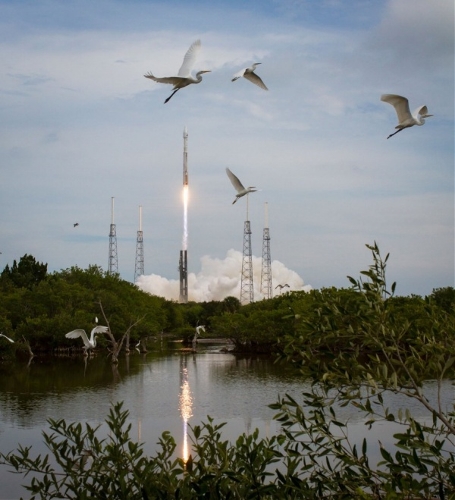
(Photo Source: gb.cri.cn)
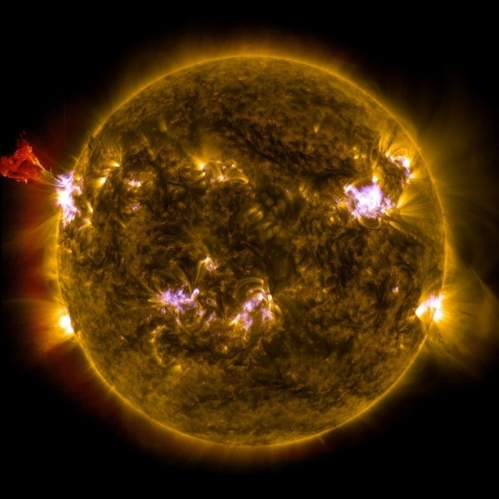
(Photo Source: gb.cri.cn)
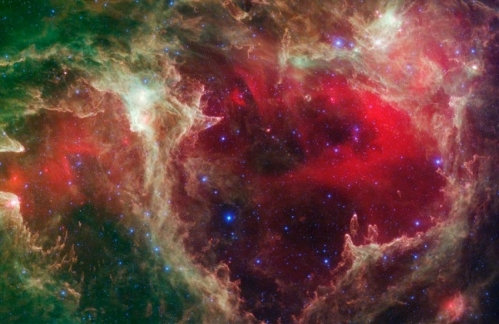
(Photo Source: gb.cri.cn)

(Photo Source: gb.cri.cn)
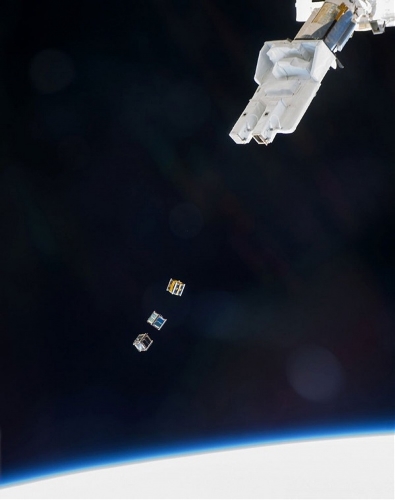
(Photo Source: gb.cri.cn)
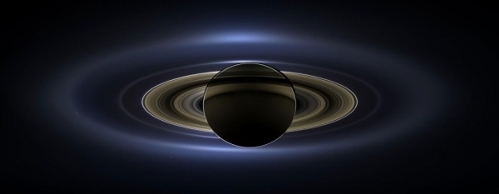
(Photo Source: gb.cri.cn)

(Photo Source: gb.cri.cn)

(Photo Source: gb.cri.cn)
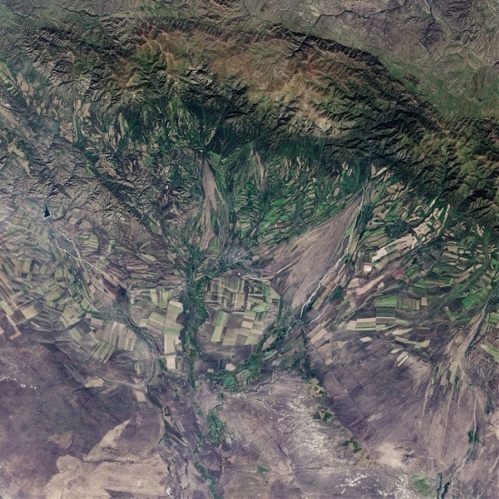
(Photo Source: gb.cri.cn)

(Photo Source: gb.cri.cn)